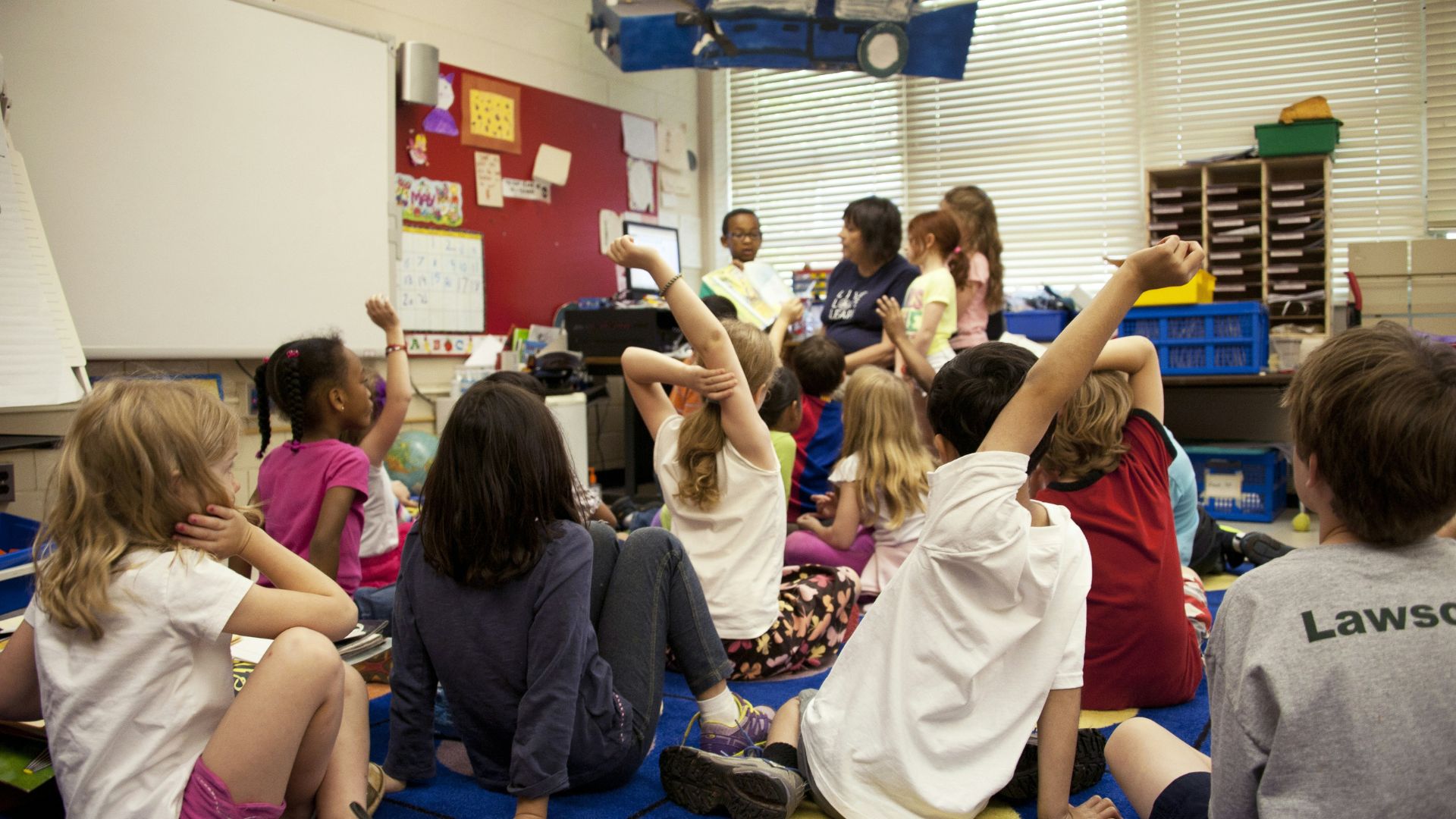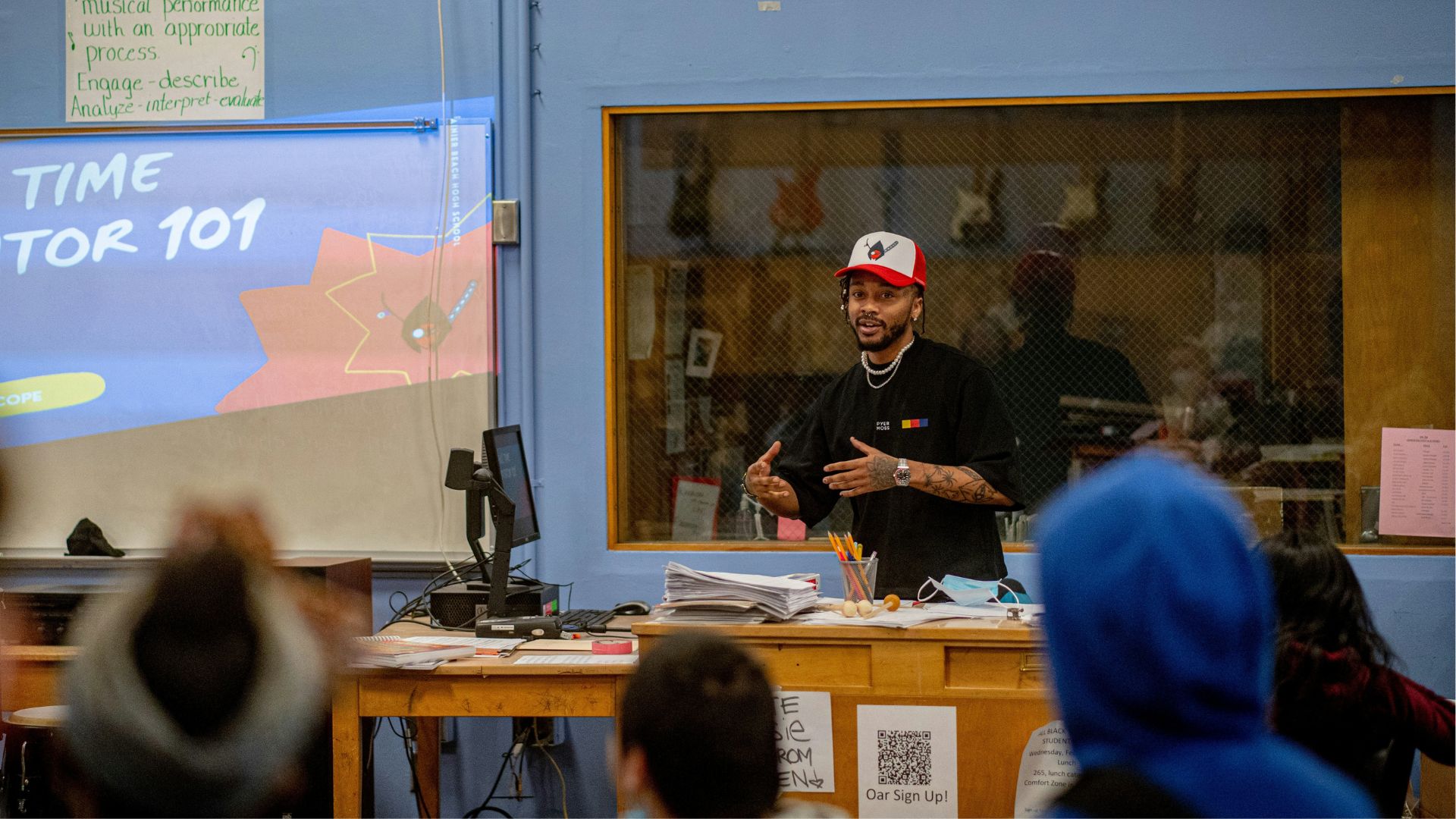As federal pandemic relief funds are set to dry up by September’s end, schools across the U.S. are grappling with the inevitable budget shortfalls that come next.
The already tough situation is made worse by declining enrollments and rising costs, creating a perfect storm that may lead to numerous teacher layoffs.
Bracing for Budget Cuts

As this school year winds down, districts are nervously setting their budgets for the next, with layoff notices already going out to some teachers and staff.
These financial strains aren’t just numbers on a page—they’re real issues that are making headlines and adding to the broader economic concerns many Americans are feeling.
A Tough Call in Missoula

In Missoula, Montana, the school district faces the tough decision of cutting 46 jobs, including teachers and key administrators like the special education and fine arts directors.
Superintendent Micah Hill captured the severity of the situation, saying, “The last time that MCPS saw these types of reductions was almost a generation ago.”
Arlington’s Difficult Decisions

Arlington, Texas is facing similar challenges, needing to eliminate 275 school district positions previously funded by federal aid.
This includes roles vital for after-school care, tutoring, and mental health. Those impacted have been offered a chance to apply for other positions, but the uncertainty remains high.
Hartford’s Harsh Realities

CNN reports that the impact is stark in Hartford, Connecticut, where 30 teachers and 79 staff have been told they’re out of a job.
Superintendent Leslie Torres-Rodriguez has pointed out that these tough decisions are due to “a long-term problem that has been exacerbated by the ESSER cliff,” referring to the end of emergency relief funds.
Pandemic Aid Winds Down

At the onset of COVID-19, the federal government released $190 billion to support K-12 schools—funds meant to ensure safe reopenings and address interruptions in learning.
Now, as this support concludes, schools must navigate the aftermath without this financial safety net.
Uncertain Future for Funded Positions

School districts once had the flexibility to use pandemic aid for various urgent needs, including hiring new staff.
However, with the termination of this funding, the sustainability of these positions is now in jeopardy, leaving many to wonder about the future of these roles.
Job Creation and Its Implications

A study by CALDER highlighted the significant impact of federal funds, with around 12,000 jobs created in Washington state alone, including over 5,000 teaching positions.
Dan Goldhaber, a researcher, said, “Those are people that would not have been hired if that extra funding did not exist,” pointing out the temporary nature of these jobs.
A Nationwide Concern

While some districts have been adding roles, particularly in specialized areas, the broader picture shows a potential for massive job cuts.
Education analyst Chad Aldeman suggests that reverting to pre-pandemic staffing levels could lead to as many as 384,000 layoffs, illustrating the scale of the potential impact.
Most Vulnerable Hit Hardest

The distribution of pandemic aid, akin to Title I funding, means that schools serving higher proportions of low-income families got more financial help.
With the drying up of these funds, such schools face the most severe fiscal challenges, potentially resulting in deep cuts that disproportionately affect already vulnerable communities.
Rethinking Layoff Criteria

The common practice of using seniority as the main criterion for layoffs may need reevaluation.
Heather Peske from the National Council on Teacher Quality argues for a focus on performance, saying, “It’s better if districts approach layoffs with the performance of teachers in mind,” to ensure quality education continues despite budget cuts.
Protecting Essential Educational Roles

Amidst these financial cutbacks, it is crucial to protect positions in critical areas like math and special education, where shortages are already prevalent.
The decisions made now about which positions to retain will shape the educational opportunities of students for years to come, emphasizing the need for thoughtful planning.
